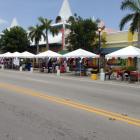ADVERTISEMENT
History
Inauguration of the square Hugo Chavez
Here is a picture of the square Hugo Chavez inaugurated on March 31, 2016. It is located not far from the Toussaint Louverture International Airport.
On Thursday, March 31, the new Haitian Prime Minister Enex Jean-Charles, in the presence of the Minister of Culture and Communication, Marcus Aurelius Garcia, the Minister of Environment Mr. Simon Dieuseul Desras inaugurated the Square Hugo Chavez near the Toussaint Louverture International Airport. The Head of Government on behalf of the President of the Republic, Jocelerme Privert, paid tribute to the contributions of the Venezuelan Government especially mentioning the benefits under the PetroCaribe program that Haiti receives and Venezuelan assistance in the reconstruction process of Haiti. He also mentioned about the historic ties between the two countries. Mr. Aristóbulo Istúris Almeida, the Executive Vice President of Venezuela who had travelled to Haiti for this inauguration, reminded Haiti's contribution to Venezuela's independence. When Simón Bolívar was expelled from Jamaica, he received help from the Haitian government under Alexandre Pétion for his military campaigns. As per Vice President Almeida's statement, President Hugo Chavez used to mention that the debt of Venezuela to Haiti is priceless.
The body of Charlemagne Peralte after his death
Here is a picture of The body of the leader of the Haitian revolution, Charlemagne Péralte. His death at the age of 33, made Charlemagne Péralte a martyr for the Haitian nation.
His death was caused by a betrayal from one of his officers.
Jean-Baptiste Conzé became an informant to US Marines Sergeant Herman H. Hanneken
Charlemagne Péralte was assassinated with a shot in the heart at close range
Eustache Antoine Francois Joseph Louis Borno, Haitian President
Here is Eustache Antoine Francois Joseph Louis Borno, Haitian politician who was President of Haiti from 1922 to 1930.
He served during the period United States occupied Haiti.
After a Haitian mob killed President Vilbrun Guillaume Sam in 1915, in the legation of France, where he had taken refug, U.S. troops landed in Haiti. They organized the election where , Philippe Sudré Dartiguenave, became president. Borno was appointed Minister of Foreign Affairs under President Joseph Davilmar Théodore. One major event that Louis Borno was involved in was his refusal to cede financial control of the country to the United States. The United States responded by confiscating the reserves of the National Bank of Haiti.
Marie-Claire Heureuse Félicité Bonheur, spouse of Jean-Jacques Dessalines
Here is Marie-Claire Heureuse Félicité Bonheur, the spouse of Jean-Jacques Dessalines. The got married in 1800 and together they had seven children
This famous Haitian woman was born in the city of leogane and her family never knew slavery. Her Father was Guillaume Bonheur and mother, Marie-Élisabeth Sainte-Lobelot.
One great act she is known for was during the siege of the city of Jacmel in 1800. She took care of the wounded and starving soldiers and somehow managed to convince her husband Jean-Jacques Dessalines to allow those wounded in the city to get out in order to receive proper medical care. later on she went into the city with food and medicine.
The Home of Marie-Claire Heureuse
Here is a picture of the Home of Marie-Claire Heureuse.
Marie-Claire Heureuse Félicité Bonheur, the first Empress consort of the independent Haiti, was the daughter of two poor but free Haitians from Leogane. She was born sometime in 1758. After becoming widow of her first husband Pierre Lunic in 1795, she married Jean-Jacques Dessalines in 1800 and became the Empress consort of Haiti (1804-1806) as the spouse of Jean-Jacques Dessalines. In early 1804, when Jacques Dessalines (born 20 September 1758, died 17 October 1806) issued drastic order, the extermination of the entire White population of Haiti, Marie-Claire was adamantly opposed to this policy and she made no secret of the fact. From her earliest days, she had been a nurse and teacher by heart. She maintained her principles and values, relentlessly worked to alleviate the suffering of prisoners and wounded men irrespective of their colors and races. In 1843, she was granted a modest pension by the government, but it was not because she was a former imperial consort; it was offered because the government confiscated all of her husband's extensive properties leaving nothing to her. Marie died on 8 August 1858 (aged 99-100).
Who is Henri Christophe?
He was Provisional Chief of the Haitian Government from October 17, 1806 to February 17, 1807. He became Governor-General for Life of Saint-Domingue from July 7, 1801 to May 6,1802.
Born on the island of Grenada, Henri Christopher was a slave, a cabin boy in British territory that was sold to French ships, and finally a king.
In March 1811, Henri became the official crowned King of Haiti to rule the Northern area. He was a good administrator who created an atmosphere of work, discipline and introduced a system of education in his empire. In his kingdom, he took a series of good administrative measures and put nobility in an order. He had 14 knights, 39 barons, and 22 counts, 4 princes, and seven dukes. He built the Citadel Laférrière, to prevent any comeback of the French. He propagated the idea of exodus for the U.S slaves and blacks to settle in Haiti which was further carried on by his successor Jean-Pierre Boyer and Emperor Faustin Soulouque and Fabre Nicolas Geffrard. He is credited with the creation of the magnificent royal residence San Souci (where he died), established an aristocracy, and created a court which was as elegant and lavish to the contemporary European courts.
In August 1820, he was physically paralyzed by a stroke, could not face a military rebellion that sparked on October 2, 1820, and committed suicide within a few days. The facts of Christophe's early life are questionable and confused; there is a confusion over his exact year of birth between 1757 and 1767.
Jean-Jacques Dessalines, AKA Papa Dessalines
Here is Jean-Jacques Dessalines, AKA Papa Dessalines.
During his speech for the inaugural ceremony on October 17th, President Martelly described Emperor Dessalines as some of very rare personalities who mark their place in the history in such a way that they never die'. Papa Dessalines' is still alive in the minds of all Haitians; he will remain alive in our consciousness, in our pride for our country forever.
As part of the commemoration of Emperor Dessalines's 209th death anniversary, the Ministry in partnership with the Haitian Amateur Athletics Federation (FHAA) organized a 10 km race for youth between 16 to 20 years, linking Pont Rouge to the statue of Emperor Jean Jacques Dessalines at the Champ-de-mars.
Jean-Jacques Dessalines, founder of the Haitian nation
Here is a statue erected for Jean-Jacques Dessalines, founder of the Haitian nation.
Dessalines was assassinated when he was only 48 years old; he was killed in a revolt on October 17, 1806, in Pont Rouge, near Port-au-Prince, Haiti. On October 17, 2015, President Martelly accompanied by Prime Minister Evans Paul and other members of the Government paid a tribute to the father of the nation on the day of his 209th death anniversary at the place of his assassination and inaugurated a plaque of him on a monument at Pont-Rogue. However, his exact death circumstances are still uncertain to many historians.
Commemorating the death of Jean-Jacques Dessalines
Here is a picture as President Michel Martelly is Commemorating the death of Jean-Jacques Dessalines.
Jean-Jacques Dessalines defeated a French army at the 'Battle of Vertières' in 1803. On January 1, 1804, he named 'Saint-Domingue' as 'Haiti' and declared Haiti as an independent state proclaiming himself as the governor-general. The following September, he adopted the title of "Emperor Jacques I". Many historians consider him as the most ferocious leader in Haiti's history; he was cruel to the extreme. Between February and April 1804, he killed between 3,000 to 5,000 white minorities as an act of cleansing every French taint. He used to consider Europeans as cannibals and wanted them to tremble when they approach the Hispaniola coasts and his name horrifies all those who were slavers, and tyrants. However, there are some historians who believe that Dessalines became cruel because of the treatments he and other slaves received from their French masters. His message to the future generation of the country was: "I have performed my duty; I enjoy my own approbation. For me that is sufficient."

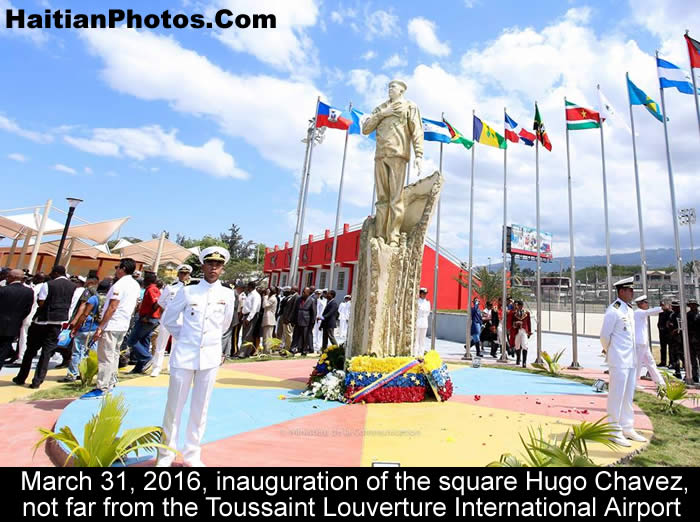
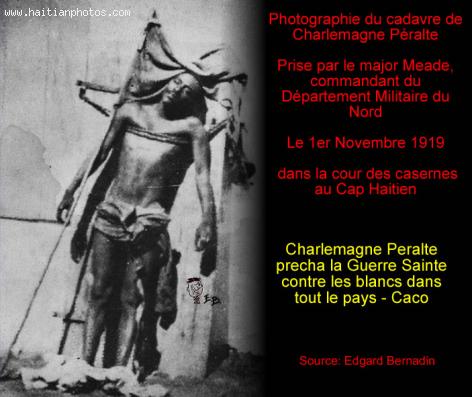
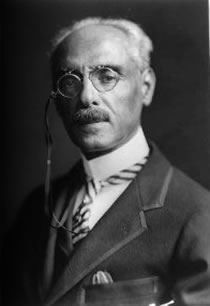
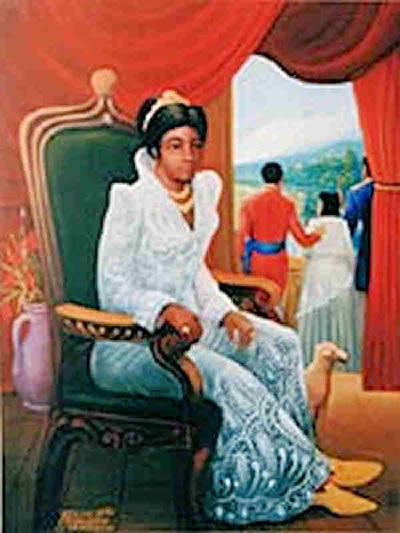
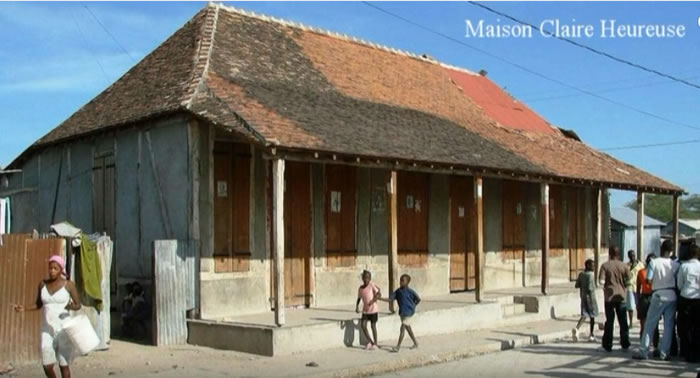
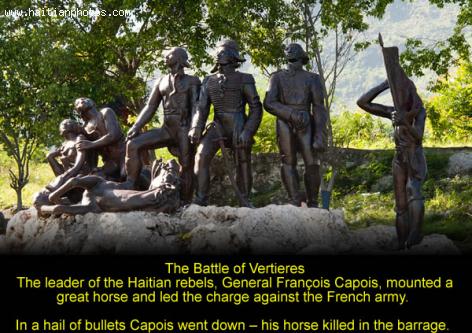
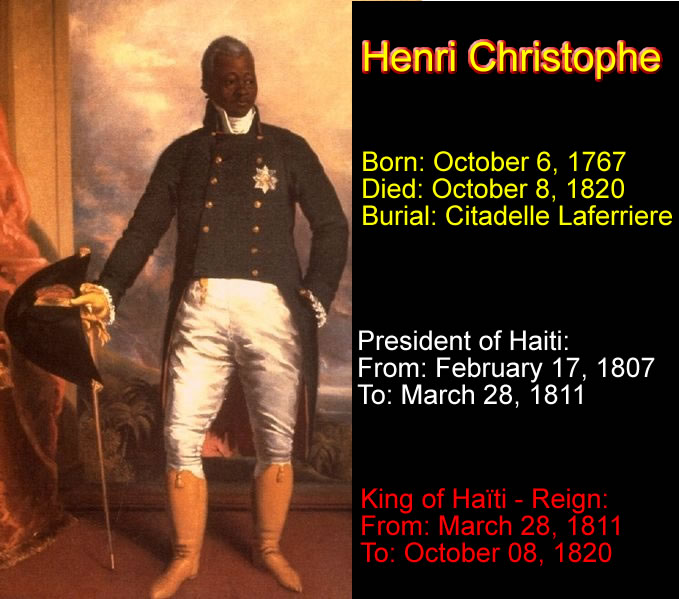
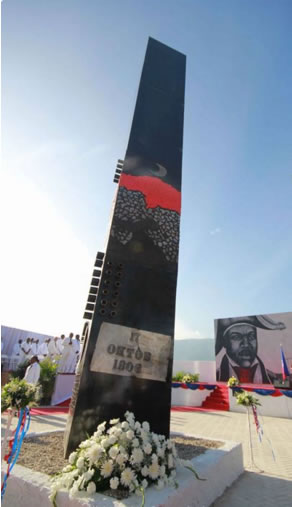
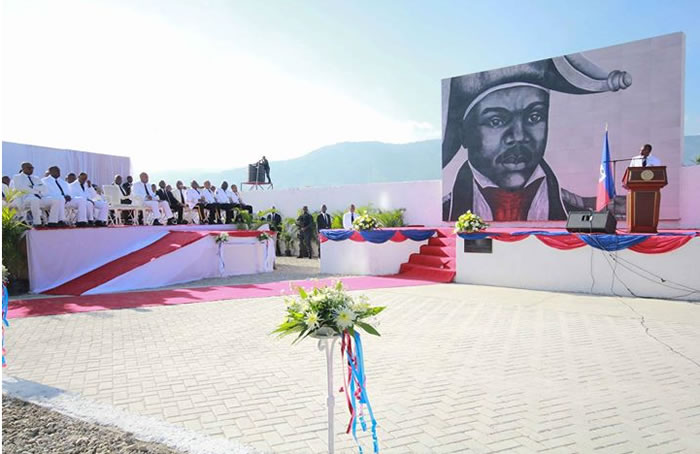
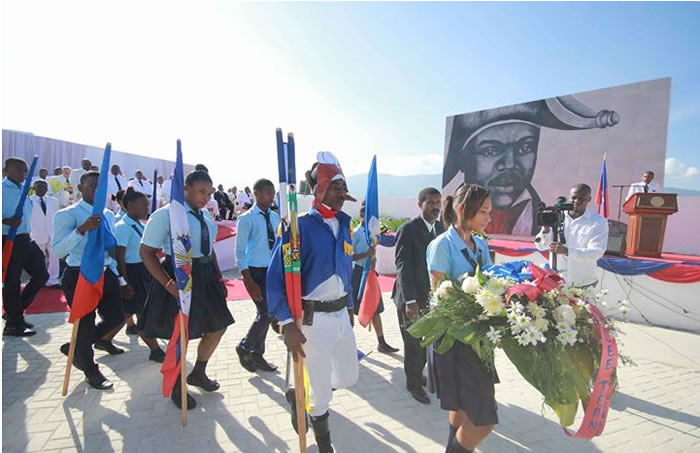
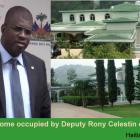 A $800,000 Home occupied by Deputy Rony Celestin confiscated
A $800,000 Home occupied by Deputy Rony Celestin confiscated  François Nicolas Duvalier Potential Candidate for President of...
François Nicolas Duvalier Potential Candidate for President of...  Inauguration Lycée Jean-Louis Dulciné in Gris-Gris, Haiti
Inauguration Lycée Jean-Louis Dulciné in Gris-Gris, Haiti  Delimart Plaza, Delmas 32, Port-au-Prince, Haiti being looted
Delimart Plaza, Delmas 32, Port-au-Prince, Haiti being looted 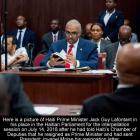 Jack Guy Lafontant resigns as Haiti Prime Minister
Jack Guy Lafontant resigns as Haiti Prime Minister  Philippe Vorbe entered world football Hall of Fame, CONCACAF
Philippe Vorbe entered world football Hall of Fame, CONCACAF  Haitiano-Japanese Naomi Osaka wins the US Open against Serena...
Haitiano-Japanese Naomi Osaka wins the US Open against Serena...  Meet Haitian-American professional baseball pitcher Touki...
Meet Haitian-American professional baseball pitcher Touki... 